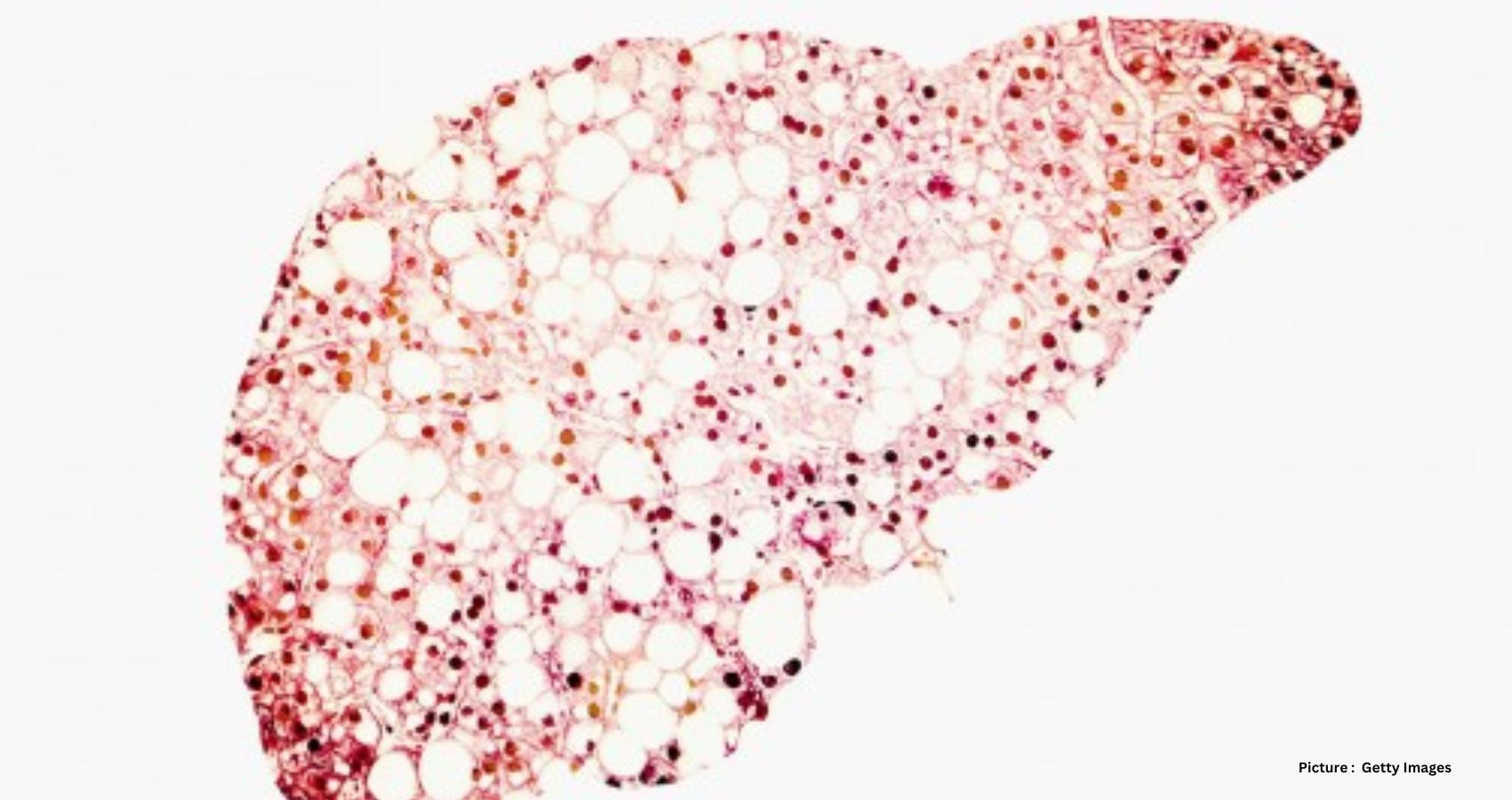A recent study conducted by researchers from the Smidt Heart Institute at Cedars-Sinai and their colleagues has revealed that women diagnosed with fatty liver disease due to alcohol consumption are at nearly double the risk of mortality within a specific timeframe compared to men with the same condition.
The study, published in the esteemed Journal of Hepatology, underscores the imperative for women at risk of liver disease to abstain from excessive alcohol consumption.
Also termed steatotic liver disease, fatty liver disease develops when an excess of fat accumulates in the liver, potentially leading to enduring liver damage. This condition is also associated with an elevated risk of heart disease.
Dr. Susan Cheng, MD, MPH, the director of the Institute for Research on Healthy Aging in the Department of Cardiology at the Smidt Heart Institute and the lead author of the study, emphasized, “Steatotic liver disease is a significant and increasingly prevalent ailment, likely serving as an underlying precursor to numerous conditions, including those affecting the heart. We are increasingly concerned about steatotic liver disease as we observe its close correlation with established cardiovascular risk factors such as hypertension, high cholesterol, and diabetes.”
Recent medical discourse has introduced new terminology to classify distinct types of steatotic liver disease, including metabolic dysfunction-associated steatotic liver disease (MASLD), alcohol-related liver disease (ALD), and metabolic dysfunction-associated and alcohol-related liver disease (MetALD).
The investigators from Cedars-Sinai endeavored to investigate how these variants of steatotic liver disease might manifest differently in men and women.
Data spanning from 1988 to 1994, sourced from the National Health and Nutrition Examination Survey III, were scrutinized by the investigators. The study participants underwent comprehensive medical assessments, including questionnaires, physical examinations, and liver imaging scans, providing insights into alcohol consumption patterns, cardiometabolic risk factors, and liver health.
The analysis encompassed over 10,000 individuals aged 21 and above residing in the United States, with accessible data from liver scans and other medical evaluations. Approximately one-fifth of the cohort, totaling 1,971 individuals, exhibited steatotic liver disease, with MetALD accounting for over 75% of cases. While all forms of steatotic liver disease were approximately twice as prevalent in men compared to women, the data unveiled a significantly elevated risk of mortality among women over a median duration of 26.7 years. For instance, women diagnosed with MetALD faced an 83% higher risk of mortality compared to men without liver disease. Moreover, women afflicted with ALD confronted a mortality risk 160% greater than their male counterparts with ALD.
Dr. Alan Kwan, MD, a research instructor in the Department of Cardiology at Cedars-Sinai and a collaborator on the study, remarked, “These findings are particularly alarming against the backdrop of the COVID-19 pandemic, during which alcohol consumption and associated mortality, particularly among women, have surged.”
Indicators of underlying metabolic liver disease include being overweight or obese, prediabetes or diabetes, high blood pressure, or abnormal blood cholesterol levels. The investigators caution that women exhibiting these risk factors should be particularly vigilant regarding excessive alcohol consumption.
The Centers for Disease Control and Prevention defines moderate alcohol consumption for women as one drink per day or less.
The researchers intend to further explore why alcohol exerts a more pronounced impact on the female liver than the male liver and identify lifestyle modifications, beyond curtailing alcohol intake, that may mitigate a woman’s susceptibility to fatty liver disease.
They underscore that since the study relied on data collected between 1988 and 1994, additional research is imperative to ascertain how the prevalence of liver disease and alcohol consumption patterns may have evolved over time.
Dr. Yee Hui Yeo, MD, and Dr. Hirsh Trivedi, MD, both affiliated with Cedars-Sinai, also contributed to the study.


